
Our Pick of the Best Hot Sauce in Australia
Hot Sauce reviews and comparisons 2019
When it comes to hot sauce / chilli sauce you either love it or hate it, although there are still quite a few that like a bit of heat, there is no mistaking a true hot sauce fan LIKES IT HOT!!
So for this page we decided to list out some hot sauce in Australia from big brands to boutique companies. What makes the best hot chili sauce and who makes the hottest. If you have any suggestions feel free to share them with us. As there are A LOT of companies out there these days.
| Flavour and Brand | Size | Heat Scale | Review | Buy Online | |
|---|---|---|---|---|---|
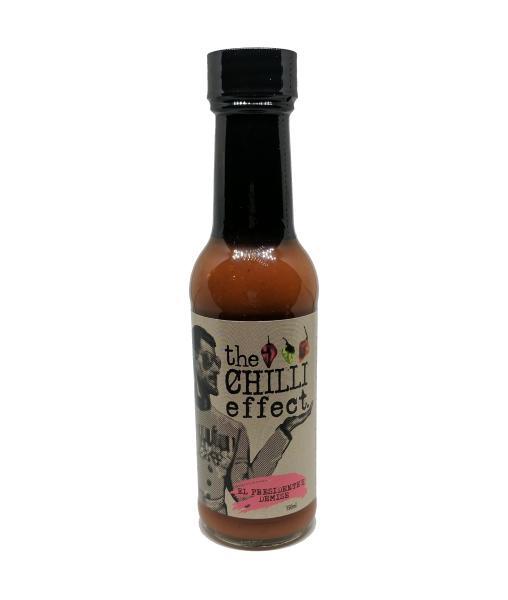 | El Presidente's Demise - Reaper Hot Sauce - The Chilli Effect | 150ml Bottle | El Presidente's Demise Review | BUY ONLINE | |
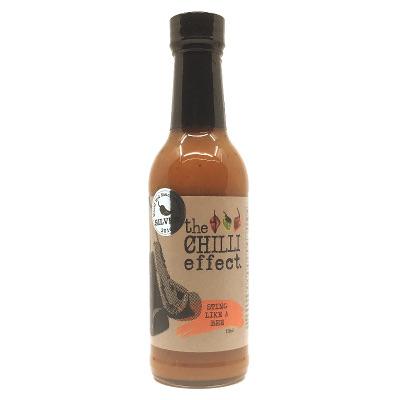 | Sting Like a Bee - Vindaloo Hot Sauce - The Chilli Effect | 250ml Bottle | Sting Like a Bee Review | BUY ONLINE | |
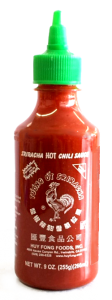 | Huy Fong Sriracha Sauce | 250ml | Review | CHECK PRICE | |
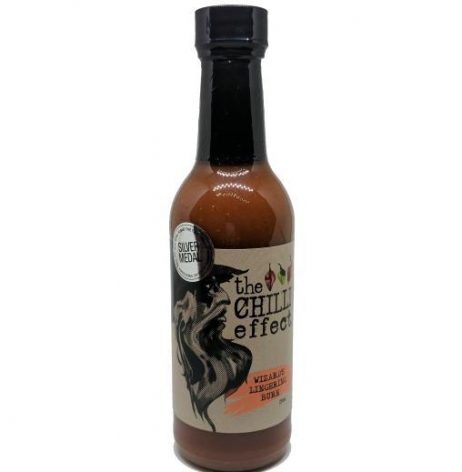 | Wizards Lingering Burn - Cajun Hot Sauce - The Chilli Effect | 250ml Bottle | Wizards Lingering Burn Review | BUY ONLINE | |
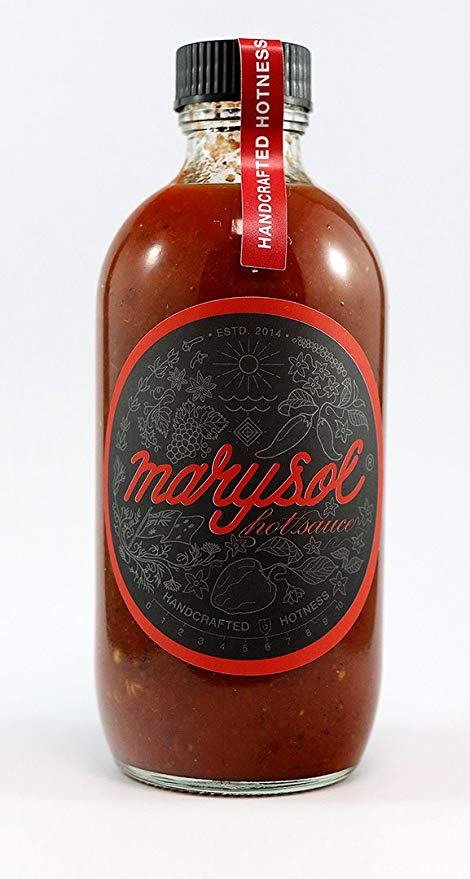 | Marysol Hot Sauce | Marysol Review | CHECK PRICE |

1. El Presidente’s Demise – Reaper Hot Sauce
The Chilli Effect
This is one hot sauce! In fact it is one of Australia’s hottest sauces with a combination of 6% Carolina Reaper, 13% Habanero, 2% Birds Eye and Chipotle powder. This will leave your tastebuds burning but with a slight sweetness delivered by the pineapple and lime juices.

2. Sting Like a Bee – Vindaloo Hot Sauce
The Chilli Effect
Ok if you thought you had already found the hottest sauce in Australia well think again. This delightful hot sauce will knock your socks off. With an Indian vindaloo inspired recipe and featuring 27.5% Trinidad Scorpion and Habanero this sure is a hot one.
A multi-award winner, Sting Like a Bee has a slow burn so don’t be fooled upon your first taste, wait 45 seconds and the heat will hit you like a freight train! Definitely one for the cupboard and to have your mates try at your next BBQ.

3. Sriracha Hot Sauce
Huy Fong Foods
I know I know, you might be wondering why this one is listed here, but honestly, it’s a quality product that is a must for all kitchen cupboards. It’s not overly HOT, but a good balance of heat and flavour. It goes with just about anything so it’s verstatility makes it highly rated.
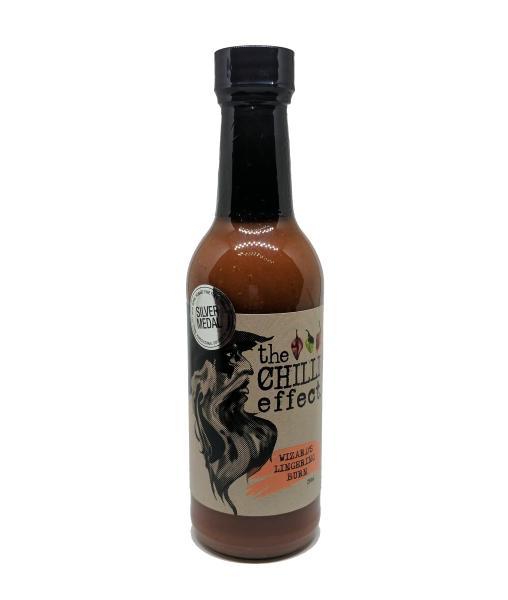
4. Wizard’s Lingering Burn – Cajun Hot Sauce
The Chilli Effect
If you are after a classic smoky Cajun style habanero hot sauce, made with fresh habanero and birds eye chillies then this is the hot sauce for you. Another multi-award winner by the team at The Chilli Effect, Wizards Lingering Burn is perfect with pizza, pasta, burgers and the classic cheese toasty and is the most versatile hot sauce in The Chilli Effect range.
Made from 14% Habanero & Bird’s eye and having won a silver medal at the Royal Hobart Fine Food Awards this is a must have hot sauce for the cupboard.
Size: 250ml bottle

5. Marysol Hot Sauce
Marysol Hot Sauce Company, Sydney
A deep red blend of habanero and cayenne chillies with a medium heat that is sure to please. Made in Sydney from Australian grown chillies with no added preservatives and sugar.
Ingredients:
White wine vinegar, habanero chilli (60%), Seasonal Red Chilli (40%), Sea salt, spices
Dietary Info:
Vegetarian, Vegan, Gluten Free, Dairy Free, Nut Free, Soy Free, No Artificials
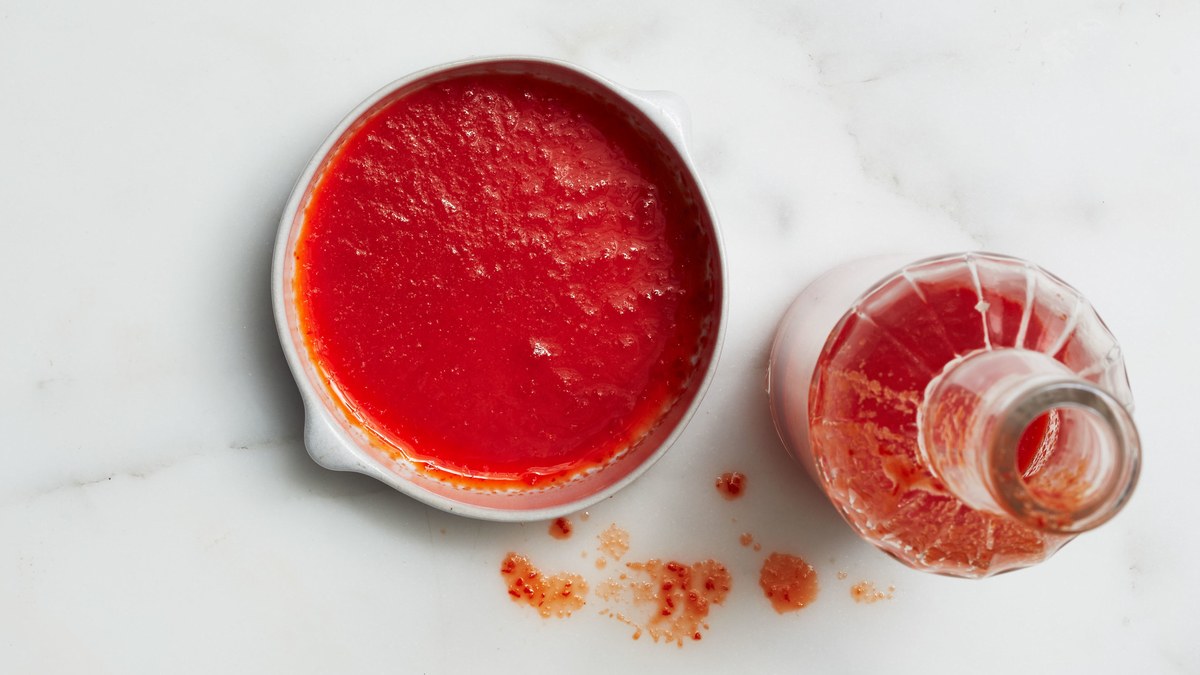
Everything to Know About… Hot Sauce and Chilli Sauce
Everybody knows what hot sauce is, and pretty much everybody has tried it before. But whether or not one likes the spicy, tangy condiment does not change the fact that pretty much every culture around the world has their own rendition of hot or chilli sauce made with different twists, depending on the culture that it originates from
Hot sauce is not a new concept by any means, but recently it has been picking up speed in terms of its popularity—especially in places such as the United States, where some spice-lovers participate in competitions to see who can eat the hottest sauces, while other aficionados are collectors and curators of their own chilli sauce collections.
There is also the increasing popularity of novelties such as hot sauce bars at restaurants, which offer diners a sprawling variety from local, national, and global manufacturers to try out with their meal of choice. Hot sauce is common in certain cuisines—most notably Mexican and Asian—but thanks to the introduction of street food and fusion dishes, it is becoming a more prominent part of our dietary lexicon. But there is so much more about chilli sauces than their spice levels and their use as condiments to enhance the flavors of a meal. There is a whole history behind the origin of the spicy condiment and a very precise science behind the way that it is made.
Here is a little bit of a closer look into chilli sauce and its history, recipes, and some surprising tidbits:
The History of Hot Sauce
The term “hot sauce” is sort of an umbrella term, and refers to a seasoning, condiment, or salsa that is made primarily from chilli peppers. It is also known to the public as pepper sauce or chilli sauce, but hot sauce is definitely the most popular and well-known name for the world-renowned condiment. It was long-contested who exactly “invented” it, because humans have been using chilli peppers as a spice for thousands of years, so the roots of it have been a little hard to trace.
Scientists determined that the first cultures to use chilli peppers in their food as a seasoning were those located in Mexico, and South and Central America. From this it was largely decided that the first peoples to “invent” chilli sauce were most likely the Mayans—or at least that is as far back as they can date the condiment. It is likely that the first iteration of chilli sauce just contained peppers muddled into water and was used purely for its spice (whereas nowadays there are variations that can be tangy, sweet, or savory in addition to spicy).
However bland the first ever version of chilli sauce may have been, it is likely that farmers soon started breeding their chilli plants to taste certain ways and thus introduced the first varieties of chilli sauce to the culinary world. They could cultivate their peppers to have more of the desirable traits and control factors such as heat level. It was after this initial introduction to the world that hot sauce went the way of most popular foods and became a hodge-podge of different flavors due to colonization.
This period brought the condiment to different cultures around the world, and the alterations of the recipe based on the culture began the crafting of chilli sauce as we know it now. With the addition of vinegar (probably the most important addition to hot sauce in its long history) and other spices, the variety of flavors and spice levels increased, but each one was specific to the region in which it was developed. This is how different cultures ended up with vastly different flavors, such as the more vinegar-y flavors in the West (think Tabasco) and the ones in the East being very chilli heavy (think Sriracha).
It wasn’t until the 19th century, when the Tabasco company began bottling and selling their version of a Western hot sauce that the condiment because commercially popular. They sold primarily to restaurants and hotels in large quantities. The reach of the Tabasco company is so large that it is almost immeasurable. They now sell numerous different types of their famous spicy condiment, and they have been influential for a number of different companies around the globe that sell a huge variety of hot and chilli sauces. Some different and innovative varieties are buffalo sauce and chilli oils, all of which cover a huge spectrum of flavors and cuisines.
Styles of Hot Sauce from Around the World
As stated earlier, there are many different types of chilli sauces that can be found in specific regions of the world, but the beauty of the way that the world is today is that most can be found in some sort of supermarket—whether niche or mainstream. The different types that can be found around the globe and their cultural impact is a whole different beast to tackle all on its own, but here is a basic overview of what chilli-infused condiments in different regions of the continents looks like.
North America is known for the intense heat and Chipotle flavors of Mexican hot sauces and for the more vinegar leaning flavors in the spicy condiments in the United States. There is also the chilli pepper water used for cooking in Hawaii, and the Sofrito used in Puerto Rican cuisine. A watered-down version of Asian hot sauces would see them largely using chilli pastes and chilli oils in their cuisines. The United Kingdom is known for having developed two of the hottest chilli peppers in the world and turning them into condiments that are sold worldwide. The list of how culture influences the chilli sauces that are sold in the region goes on and on. A great Aussie company selling a range of hot sauces is The Chilli Effect.
How Is Hot Sauce Made?
Although, as demonstrated above, hot sauce is very different all around the world, there is a basic science behind the way that it is made, and it is actually surprisingly simple. Basically, this popular condiment is just a mixture of chilli peppers, vinegar, and salt. However, there are a lot of surprising twists that can be added to make the flavors unique, to increase the spice levels, or to add other elements such as tanginess or zesty bursts of flavor. One example of the many creative twists is to ferment the condiment before bottling in order to alter the flavor.
There is also a wide variety of different chillis that go into the creation of the condiment. With breeding being so prevalent, there are always different strains of chillis being created that have different heat levels and flavors. Manufacturers also use different ingredients to add flavor and spice. Common extra ingredients that enhance the spice levels and bring out new flavors are spicy mustard, wasabi, and horseradish. Consumers can even now buy Sriracha mayonnaise.
Conclusion
Chilli sauces are fascinating condiments that have been a prevalent part of human cuisine and culture for thousands of years. With the variety that is bottled and packaged today, it is possible for people to try out hot sauces from different cultures that they never even knew existed; and for some spice-lovers, this is the dream. Much like bbq rubs, hot sauce has seen an increase in popularity the last decade, mainly due to the increase in bbq / low and slow competitions and general cooking.
Here at Bigwig Jerky, we use a number of hot sauces in our limited edition recipes for example the Smoked Honey Sriracha and the Big Burn.
